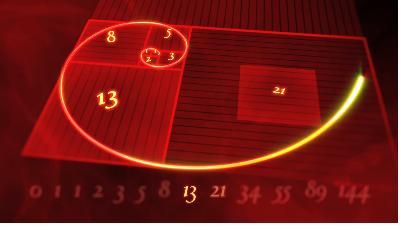Suppose an organization is hosting a banquet with tables numbered 1 through 12, and they are looking for a fun, math-y way to get guests to their assigned table. So, when the guests arrive and find their name-card in the lobby, they must solve a simple math problem to determine their seating assignment.

It’s easy to figure out simple math problems whose answers are the numbers 1 through 12–the tough part is to do it in some uniform way, as with a theme. For example, a past theme for this event was to use mathematical expressions that only involved the number 4: thus, ( 4 / 4 ) would be table 1, or ( 4 ^ 4 – 4 / 4 ) / ( 4 + 4 – 4 / 4 ) would be table x.
My suggestion was to have a string of two of the four letters A,B,C, or D on each card in some order. A guest’s table number would then be that string’s position in the alphabetical order of all such strings (AB would be table 1, for example).
If you can think of something more interesting, the banquet isn’t until September. But it’s really 60 tables, not 12.




